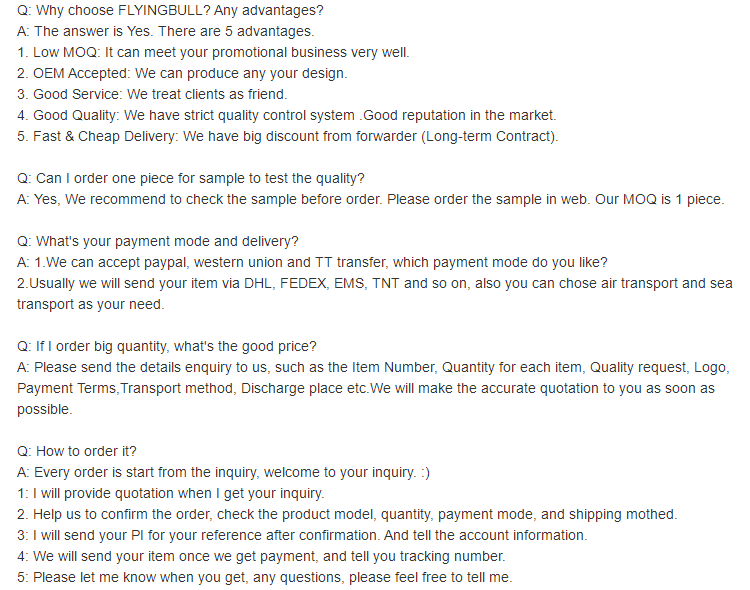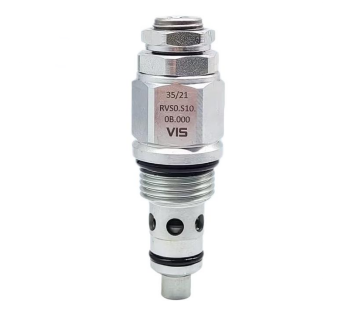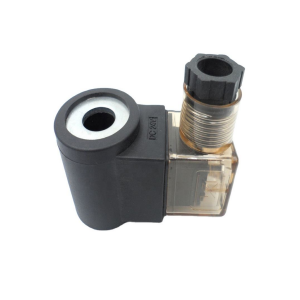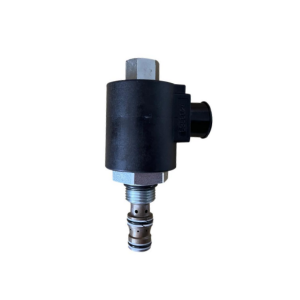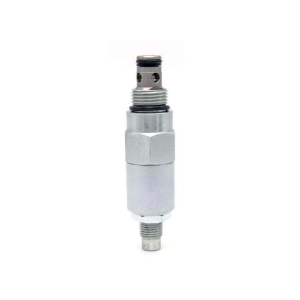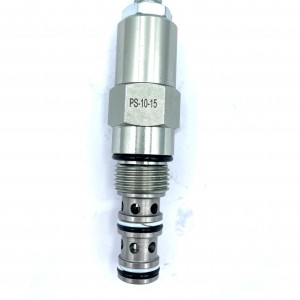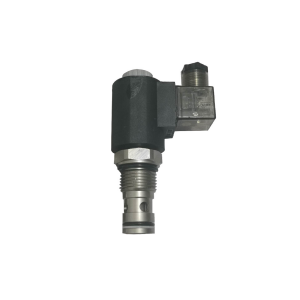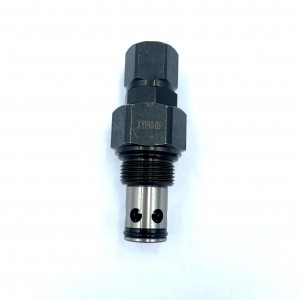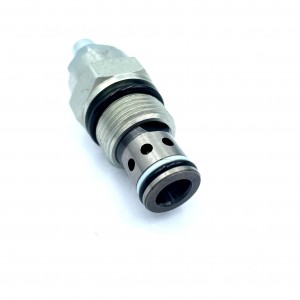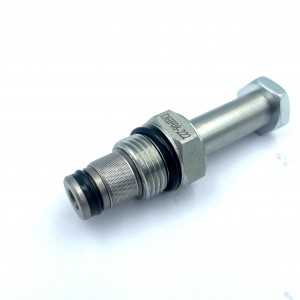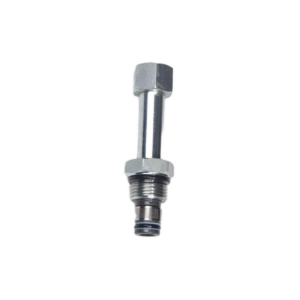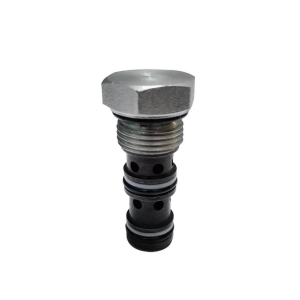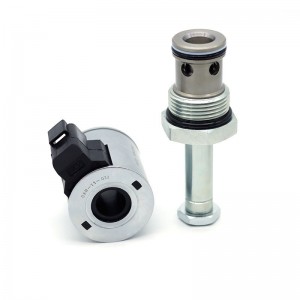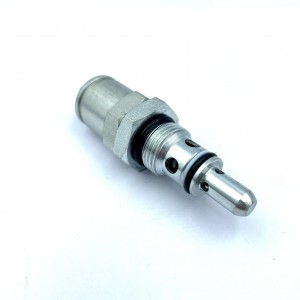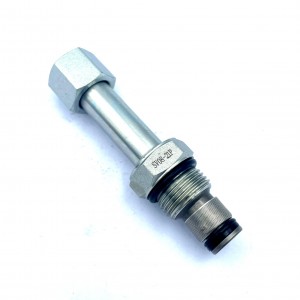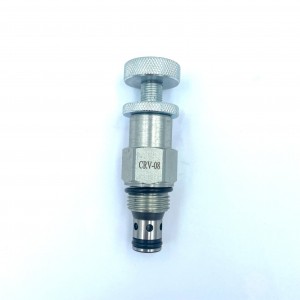Relief valve PC220-6 Excavator safety valve 708-2L-04740
Details
Sealing material:Direct machining of valve body
Pressure environment:ordinary pressure
Temperature environment:one
Optional accessories:valve body
Type of drive:power-driven
Applicable medium:petroleum products
Points for attention
There are many kinds of solenoid valves on small excavators. First of all, we must know the working principle of the solenoid valve. The solenoid valve of the excavating machinery uses an electromagnet to push the valve core to control the direction of compressed air, so as to control the direction of the pneumatic actuator switch. Electromagnetic directional valve according to different requirements can achieve two three-way, two five-way and so on
First, the structure of the solenoid valve: coil, magnet, ejector rod.
The working principle of the solenoid valve of the small excavator is that when the coil is connected with the current, it generates magnetism, attracts each other with the magnet, the magnet pulls the ejector rod, turns off the power, the magnet and ejector rod are reset, and the operation process is completed.
Second, the electromagnet used to operate the solenoid valve on the small excavator is divided into AC and DC
The voltage of AC electromagnet is generally 220V, which is characterized by large starting force, short reversing time and low price. However, when the valve core is not stuck enough and the iron core is not sucked on, the electromagnet is easy to burn out due to excessive current, so the working possibility is poor, the action has impact, and the life is short. The voltage of the DC electromagnet is generally 24V, and its advantage is that it works reliably, will not burn out due to the spore sticking, and has a long life.
Third, the classification of solenoid valves
1, direct acting solenoid valve
When the power is on, the electromagnetic force generated by the electromagnetic coil lifts the closing piece from the seat, and the valve is called. When the power is off, the solenoid valve disappears, the spring presses the closing part on the seat, and the valve is closed. It is characterized by normal operation in vacuum, negative pressure and zero pressure, but the diameter is generally not more than 25mm.
2, pilot solenoid valve
(Pilot solenoid valve working principle)
When powered on, the electromagnetic force opens the pilot hole, the upper chamber pressure drops rapidly, forming a low and high pressure difference around the closing part, the fluid pressure pushes the closing part to move upward, and the valve opens. When the power is off, the spring force closes the pilot hole, and the inlet pressure forms a low and high pressure difference around the valve closing part through the bypass hole rapidly, and the fluid pressure pushes the closing part to move down and close the valve. It is characterized by a high upper limit of the fluid pressure range and can be installed arbitrarily (to be customized) but must meet the fluid pressure difference conditions.
Product specification
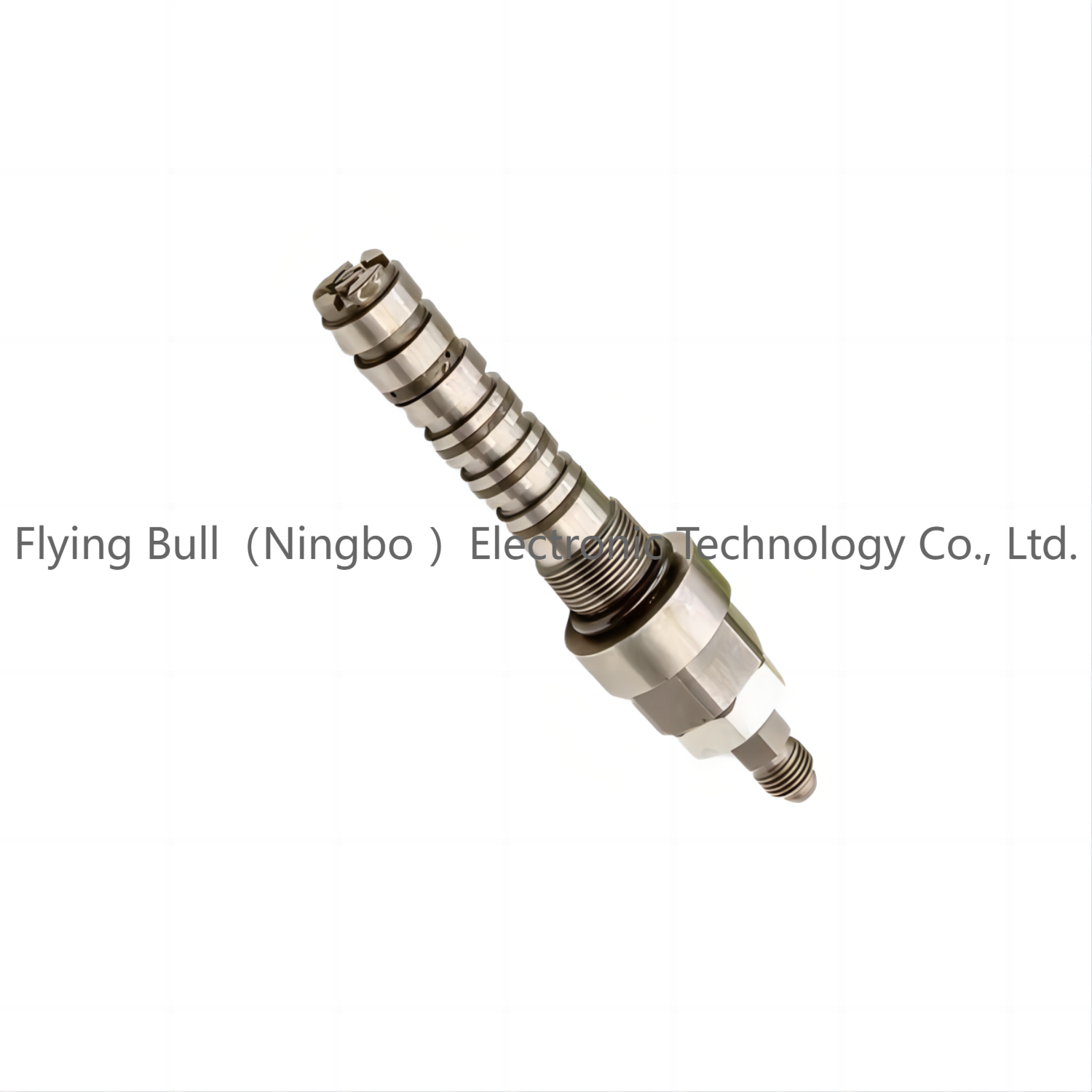
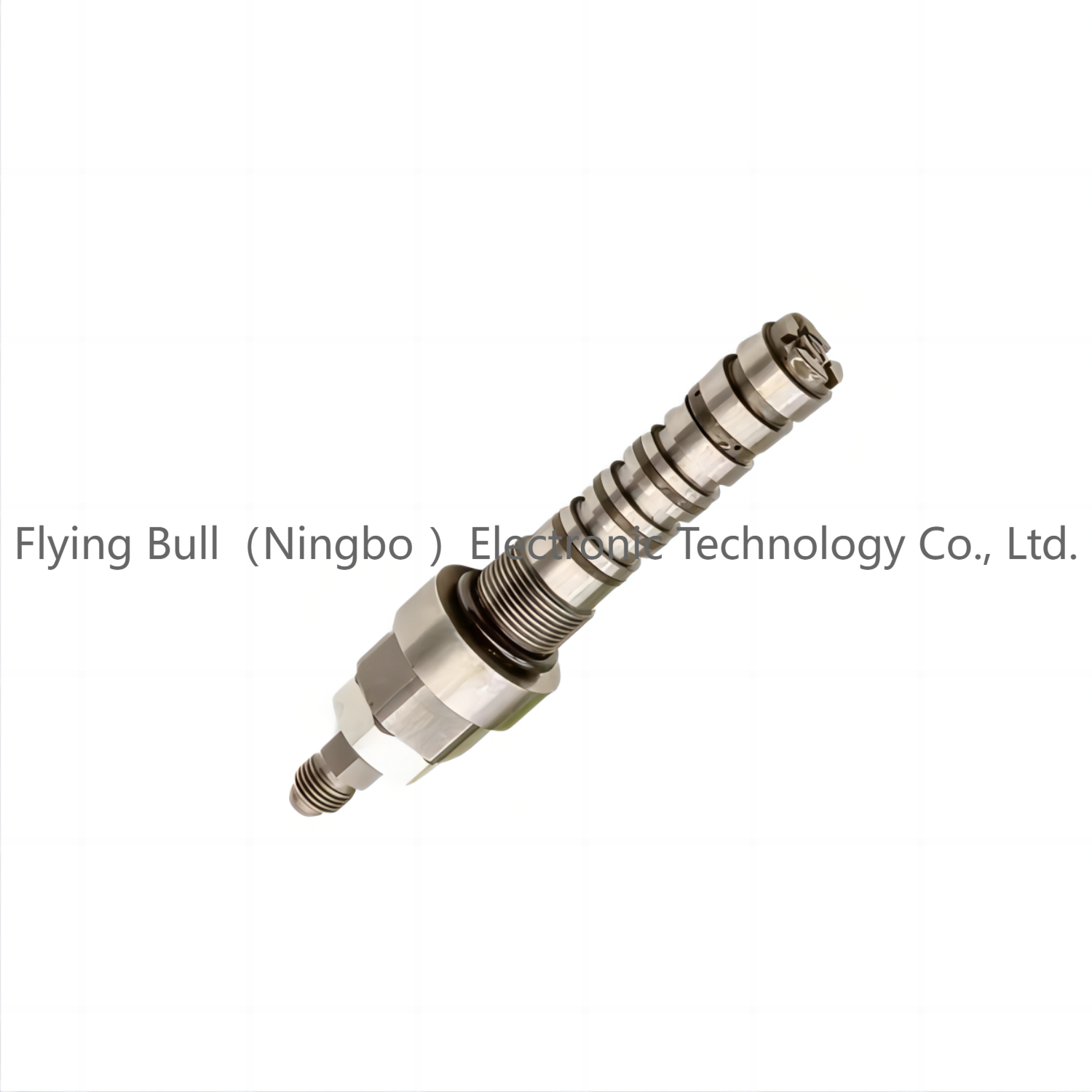
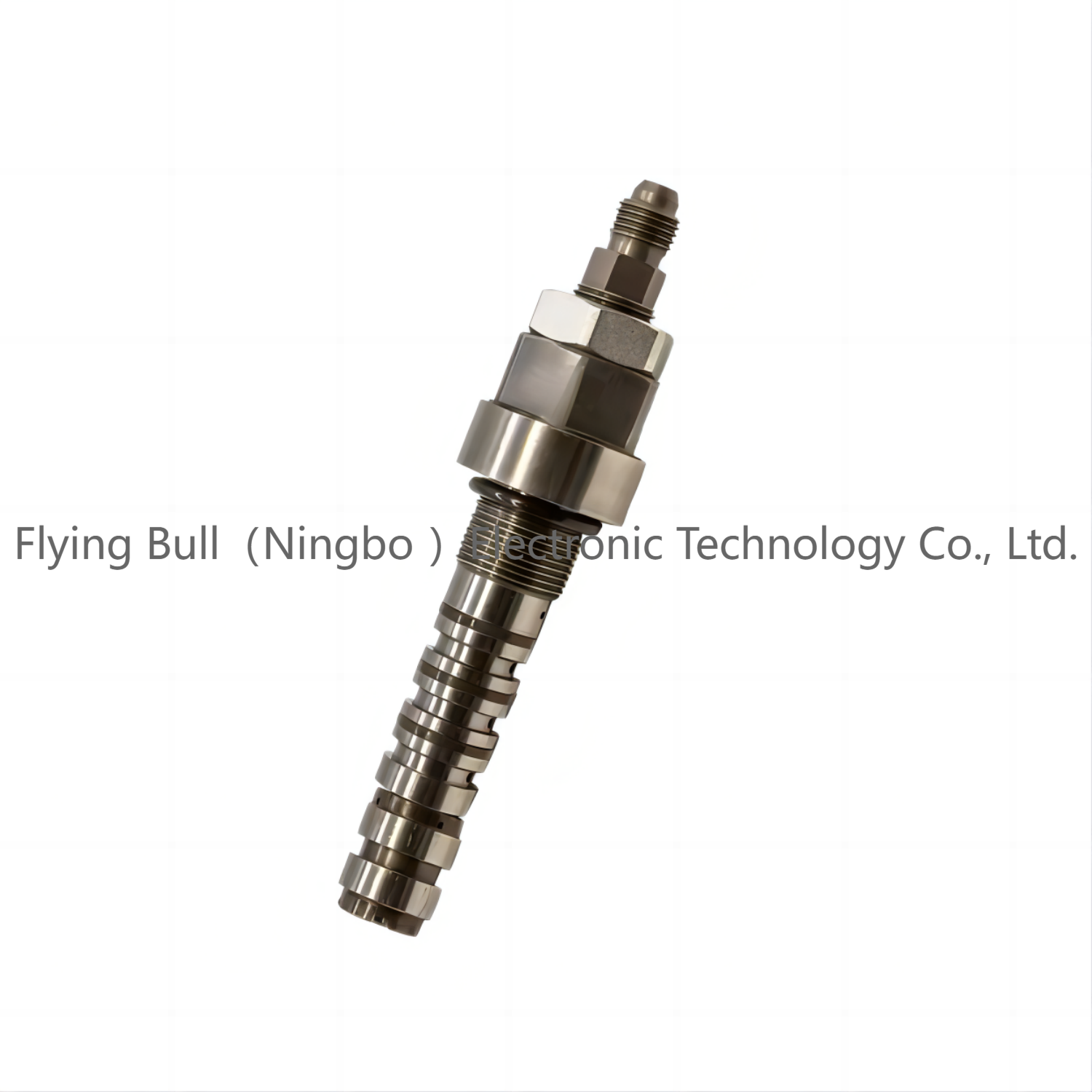
Company details






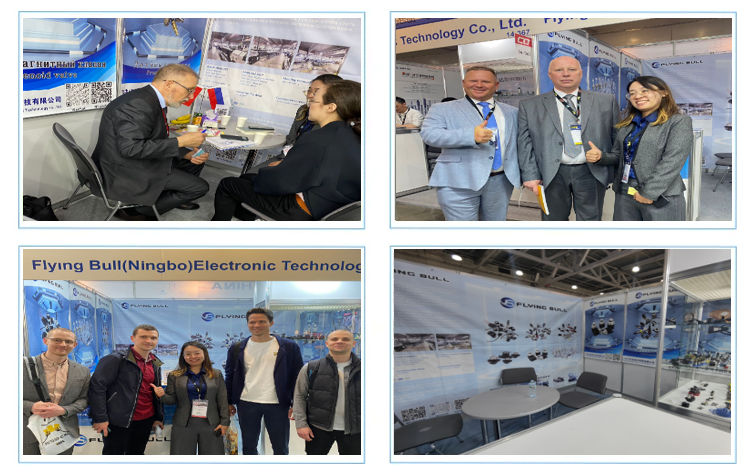

Company advantage
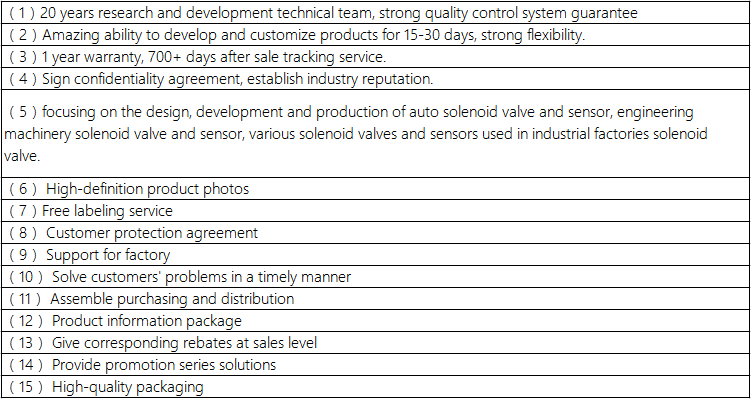
Transportation

FAQ
